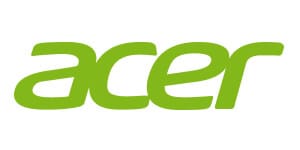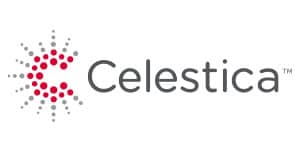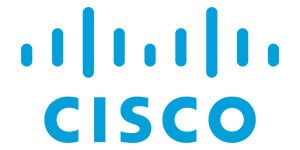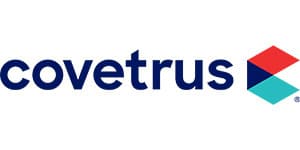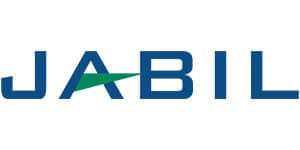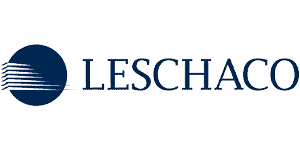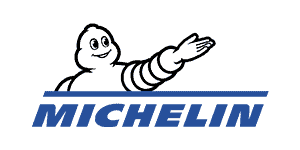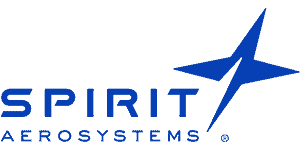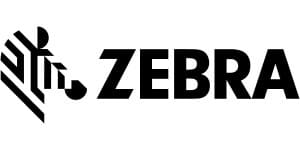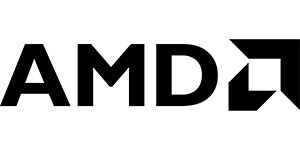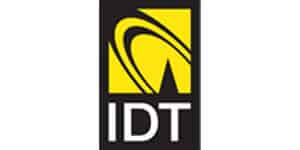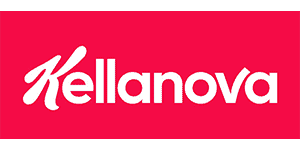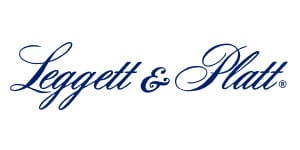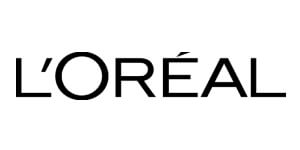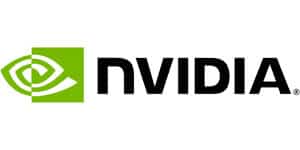By Need
Elevating Supply Chain Control Towers Capabilities

Rethinking the traditional supply chain control towers
Today, disruptions seem to occur more often than ever—so it’s no surprise that the concept of control towers is so popular. However, traditional control towers rely on outdated data from fragmented supply chain management (SCM) platforms— unmanageable in today’s data-rich supply chain landscape.
Instead, it’s vital to connect what is actually happening to how it impacts your business and take the best course of action.

Downfalls of the traditional approach
Being equipped when “stuff happens” means knowing what’s going on at every tier in your supply chain, understanding cross-functional impacts, and quickly executing on decisions while continuously monitoring and optimizing the results—all in real time. The traditional approach of attempting multiple siloed control towers with an additional control tower overlay to tie them all together can’t accomplish this. Traditional methods just reinforce suboptimal outcomes and fail to deliver the promised benefits of end-to-end visibility, agility, and resilience.
From n-tier supply disruptions and anti-forced labor regulations to Scope 3 emissions requirements and more, it’s glaringly evident that tier 1 visibility is no longer enough; supply chains must go deeper into sub-tiers to see, understand, and respond to distributions effectively across their entire ecosystem. E2open’s multi-enterprise platform creates a new paradigm with a command center approach that breaks down silos and overlays, replacing them with a unified operating platform.
A new way of thinking about supply chain control towers
The level of agility required to capture growth opportunities—plus resiliency to manage today’s risks—demands a new way of thinking about supply chain control towers. Out with the silos and overlays, in with an operating platform! Why? An operating platform performs more like a command center, bringing together all the data needed to see what’s happening. Combined with all the applications, artificial intelligence (AI) and analytics, you will have a clear picture of what disruptions mean to your business, recommend the best course of action, put decisions into effect and then learn for next time.
E2open brings all these control tower capabilities together on a single operating platform to give you the data, applications, and AI tools you need to reach new levels of agility and resiliency. This strategic platform is powered by the world’s largest network to connect all tiers of all ecosystems—including internal operations, channel partners, suppliers, and logistics and global trade providers—for true end-to-end decision-making without boundaries or functional silos.

Resources
Ebook
Command and Control Doesn’t Come from a Tower
Analyst Report
2023 Nucleus Research Control Tower Value Matrix
Blog
Control Tower Capabilities Q&A: How to Separate the Truth from the Hype
Video
Getting Connected: Jaguar Land Rover’s Journey to Outside-In
Webinar on Demand
Control Tower Capabilities – Visibility and Beyond
White Paper
